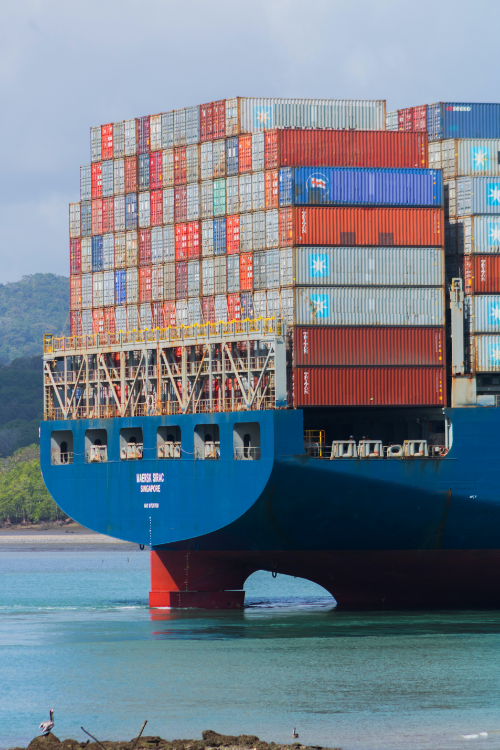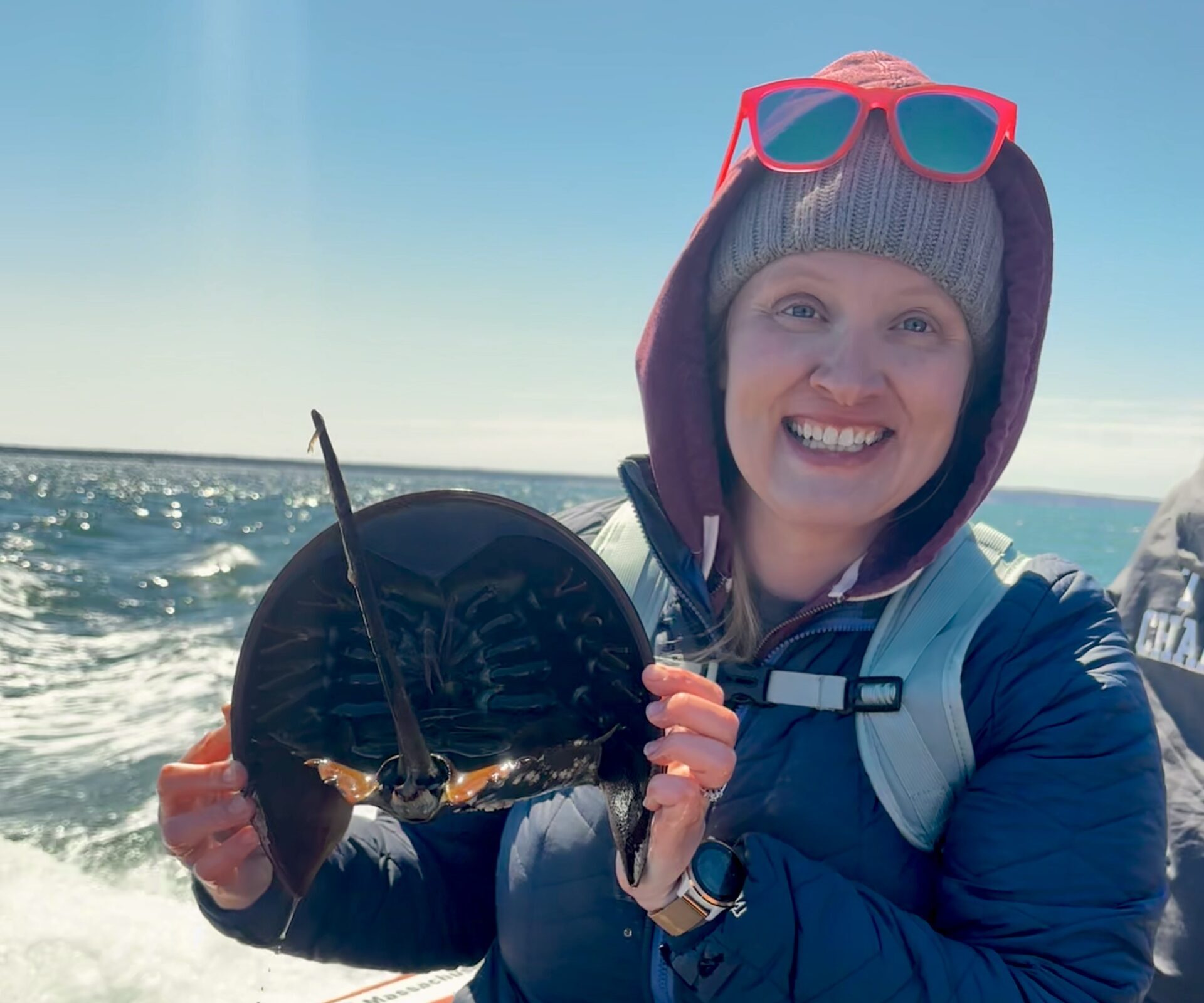
Lesson

Photo Credit: Katerina Holmes on Pexels
Contemplate the difference between synthetic and natural materials that make up common items in the classroom.
Grades 5 and up
Time Needed 30 to 60 minutes
Standards Next Generation Science Standards 5-PS 1-3 Identify materials, MS-PS 1-3 Synthetic Materials
Subjects Science, Human Impacts on the Environment, Synthetic Materials
Editable Handouts
Purpose and Context
Every item that humans make and use is made of resources provided by planet Earth. Throughout human history, people have invented many ways of using nature’s resources: rocks and minerals, plants, and animals. We’ve harvested, woven, sculpted, and forged materials with tools, heat, and hard work. We use wood to build things and make paper. We use plant fibers like cotton and hemp to weave fabrics, and leather hides from animals to make shoes.
We’ve also learned how to use chemistry to alter these natural materials into synthetic ones. Today, we’re surrounded by synthetic materials, many of which aren’t otherwise found in nature. For example, we use complex chemical reactions to turn fossil fuels (petroleum and natural gas) into plastics, paints, makeup, medicines, cleaning chemicals, and pesticides. We also use furnaces to chemically react certain rocks and minerals to make cement – a key ingredient in concrete. We use chemistry to turn sand and some other minerals into very hard glass. We’ve even been able to chemically alter wood to make fabrics like Rayon – a semi-synthetic material.
When it comes to dealing with our trash, some synthetic materials pose a big challenge. Where as natural materials return to the earth by the processes of biodegradation or erosion, many synthetic materials like plastics persist in the environment. Often their molecules are harmful to organisms that ingest or come across them. Synthetic metals like steel are infinitely recyclable and can be kept in use, but this is not the case for materials like plastic.
Many items we use combine natural and synthetic materials. For example, consider a wood pencil. The wood and graphite are naturally occurring materials, but the yellow paint and eraser are made of different plastics. Another example is a paper coffee cup which has a thin lining of plastic to prevent the paper from getting soggy. Dealing with the waste of these hybrid items is also tricky.
Synthetic materials impact society in many ways, both positive and negative. In the future, could we learn from nature to make even better materials?
Instructions
Prepare
Print a scavenger hunt list for each group of 3-5 students. You may want to stage your classroom with some of the harder to find items on the list.
In Class
Group students into groups of 3-5. Give them the scavenger hunt list, and set a timer for 15 minutes to find as many items on the list as possible.
Once time is up, students should sort their items into three piles:
- Items made of synthetic materials,
- Items made of natural materials, and
- Items made of both synthetic and natural materials.
The back of the scavenger hunt list has a sorting diagram they can use. We’ve included questions and hints on the student worksheet to help them identify the materials and sort the items.
After sorting, have students reflect on their sorting process to answer the questions in their worksheet: “How would you summarize the characteristics of the items in each category?”
As a class: Ask each group to share their defining characteristics for both synthetic and natural materials. As a class, try to develop a definition for the terms: “synthetic” and “natural”.
Each student then picks 1 item from their synthetic pile. (Consider extending to 1 item from each pile.) For each item, they should brainstorm and conduct research to answer the following questions on the student worksheet:
- What are the main materials that make up this product? (You can use the list in Algalita’s blog post: “Plastics Hidden in Plain Sight”, and also do your own research to find out.)
- What natural resources is this product made from?
- Describe why you think the materials in this product are synthetic or natural, or both?
- What benefits does the item provide to society?
- Does the production or waste from this item cause harm to people’s health or the environment?
Facilitate a discussion to ask students to share their responses.
Tips and Suggestions
Read Algalita’s blog post: “Plastics Hidden in Plain Sight”. Check out the list at the end to find out some common hidden plastic items.
Unsure what something is made out of?
- Do a quick internet search to identify what that kind of material that item is typically made of.
- Use your senses: touch, sound, lustre (how something reflect light), to help guess what something is made of.
- Plastic can take lots of forms, shapes and colors, and its common to find plastic items made to look like natural materials. For example, vinyl floor boards are often made to look like wood.
It can be overwhelming to know how pervasive plastics are in our world. But knowledge and awareness are the first step to positive change! And there are already many people working on better alternatives to many plastic products.
Associated Standards
NGSS
5-PS 1-3 Make observations and measurements to identify materials based on their properties.
MS-PS 1-3 Gather and make sense of info to describe that synthetic materials come from natural resources and impact society.
Educator Survey
Data is key. Help us understand how this free resource is being used.
Related Resources
Toolkit: Synthetic Sand
Investigate beach sand for plastic contamination levels and observe human impacts on coastal ecosystem health.
Grades 5 and up
50 minutes in class or 2 hour fieldtrip
Lesson: The Problem with Plastics
Brainstorm and discuss the benefits and consequences of plastic.
Grades 4 and up
30 minutes
Explore more
Plastic Pollution Basics
A quick crash course on plastic pollution and what we can do about it!
Learn more
The Story of Plastic (Animated Short)
A brief introduction to the issue of plastic pollution, produced by Story of Stuff.







